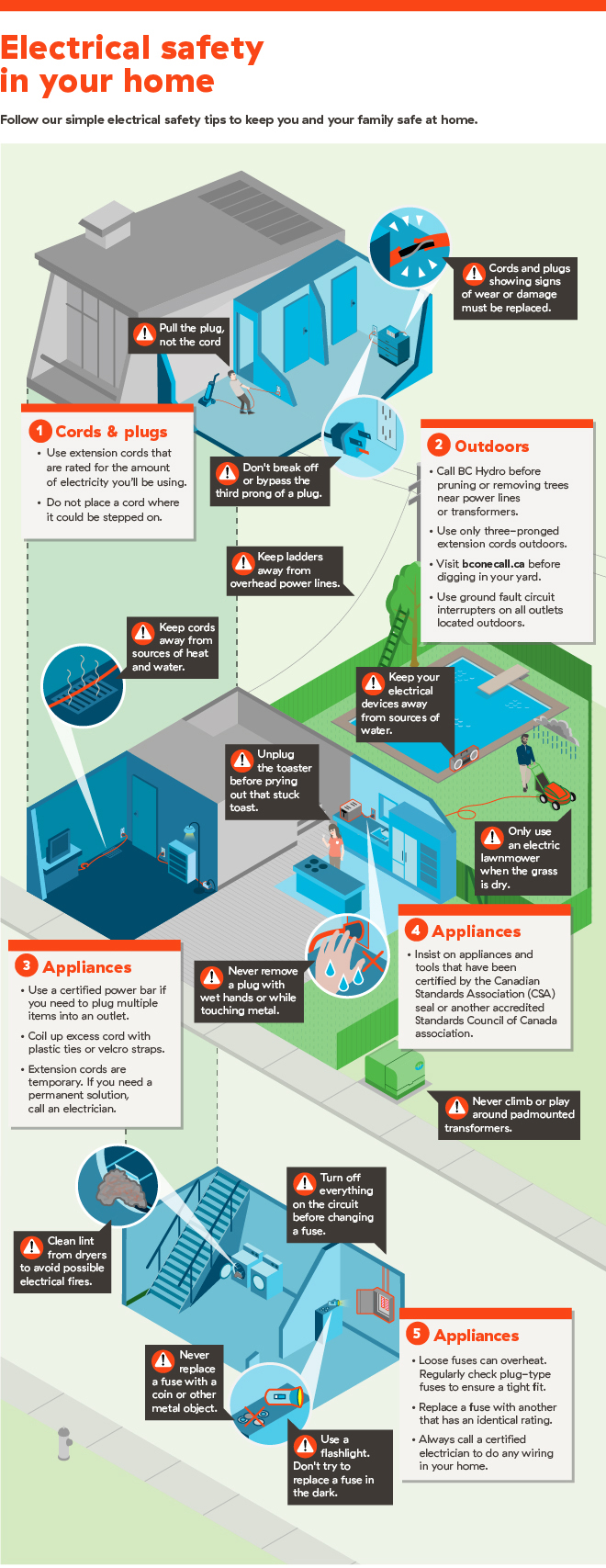Identifying The Correct Time For Tree Removal - An Overview For Homeowners
Identifying The Correct Time For Tree Removal - An Overview For Homeowners
Blog Article
Authored By-Jacobsen Halsey
Trees add charm and worth to residential property, but they can likewise position a danger during extreme weather condition events. If a tree has actually stopped expanding, is displaying visible fungal growth, or has a leaning trunk, it should be eliminated by a professional to avoid residential property damage and injury.
To find out more, participate in a home owner resource fair co-hosted by HPD, the Center for NYC Neighborhoods, and Brooklyn-based real estate partners this evening in Bedford-Stuyvesant. The occasion will certainly include the Homeowner Handbook, a brand-new overview to help homeowners browse the obligations of owning a home.
1. Dead or Perishing Branches
Trees are an essential part of your home's landscape, offering color and appeal. They likewise give shelter for wild animals and generate oxygen, but even healthy trees can experience illness that may demand their elimination. Dead or dying trees aren't simply unsightly, they can be unsafe. Their branches could fall during a storm, bring about pricey residential property damage and injuries.
When a tree's branches begin to pass away, it implies that its framework is beginning to break down. If the majority of its branches are dead, it is most likely time to remove it.
Search for an absence of new growth, bark peeling, open wounds or dental caries, fungis growing on the trunk or origins and a general appearance of degeneration in the whole canopy. These signs of infection can show a significant issue that will certainly call for specialist tree services to solve.
2. Leaning Trunk
While it's typical for trees to lean once in a while as a result of phototropism, if a tree has a harmful or serious lean that's not as a result of natural processes - it could be an indicator that the tree requires to be eliminated. If the tree is leaning toward a high-voltage line, home, car, play structure or any other area that could be unsafe to individuals if it drops, then contacting a specialist tree solution for removal must be a top priority.
It's additionally vital to watch for any kind of sudden changes in a tree's leaning as it can indicate damages to the roots or trunk that might bring about dropping. super maintenance services is particularly real during stormy weather, given that high winds and rain-soaked soil can create a lean to change promptly. Regular monitoring, particularly throughout and after storms can assist homeowners recognize potential issues with their trees so they can call an arborist for a complete analysis.
3. Bug Invasion
Some pest problems, such as wood-boring insects like emerald ash borer or sap-suckers like scale insects, are so severe that they can trigger a tree to die. The very best means to prevent pest infestation is to check your trees regularly. Seek spots, holes, or stainings in the leaves and bark. Examine the trunk for splits and indicators of insect damages, such as passages or tracks.
If a tree comes to be as well plagued with parasites, or is close to a home or power lines, an arborist may suggest elimination. If a leaning tree develops a brand-new, unsteady lean, an arborist will likely suggest elimination also to ensure the safety of individuals and property. If a damaged or dead tree consistently drops excessive branches, it is an indicator that it is time to remove the tree. If a tree remains to lose branches for a prolonged amount of time, it might cause architectural problems and potential building damages.
4. Damaged Trunk
Trees are an attractive and fundamental part of our landscape, yet they do require routine like keep them healthy and risk-free. If a tree is damaged beyond repair it is likely time for it ahead down.
Try to find indicators of damage to the trunk, consisting of upright fractures, seams, dead branch stubs, noticeable injuries or open cavities and extreme tree-rot. The presence of fungi at the base of the trunk is an additional warning sign. Fungis may indicate that the phloem and xylem (life-support tissues) are endangered, permitting the spread of condition or a future failing.
Additionally, take into consideration whether the tree has stopped growing. Healthy and balanced trees will certainly have brand-new development annually, which may show up as buds or branches growing and expanding. If you do not see any brand-new growth, it's an excellent idea to have an arborist assess the tree and follow their recommendation for removal. linked internet page dying or harmed tree can fall and cause building damage.